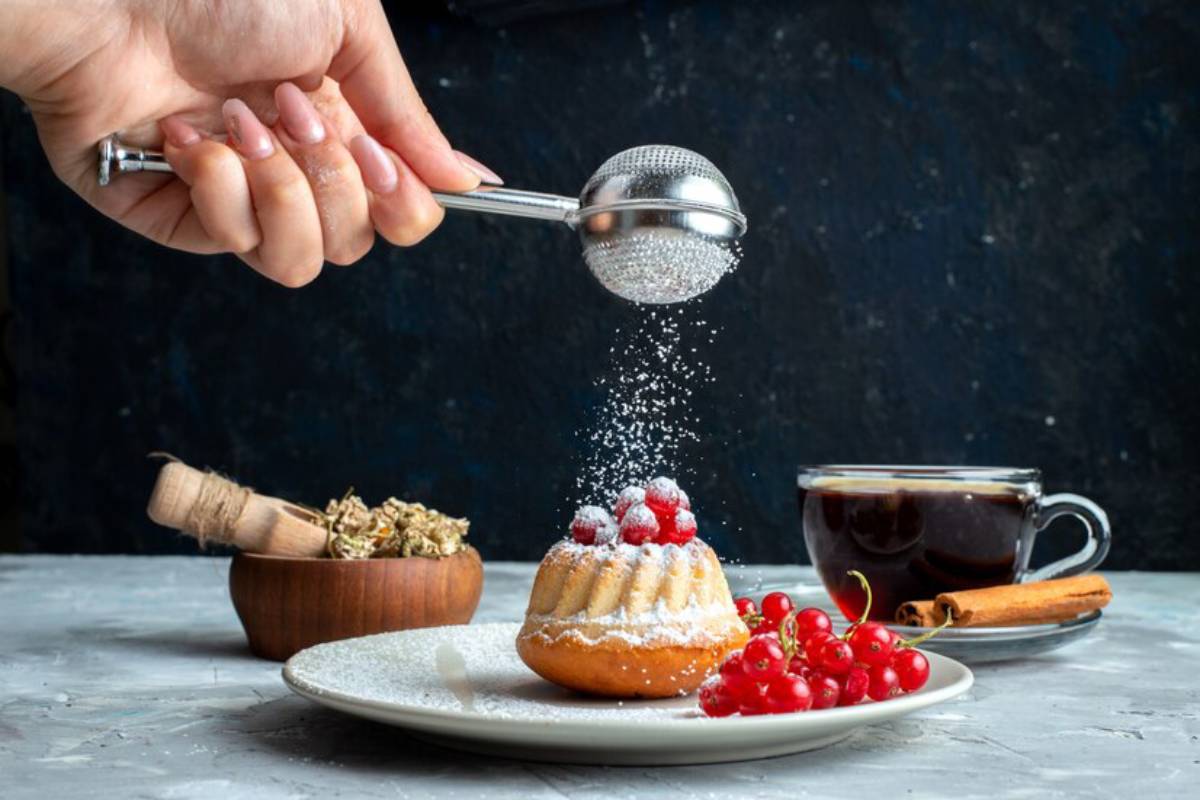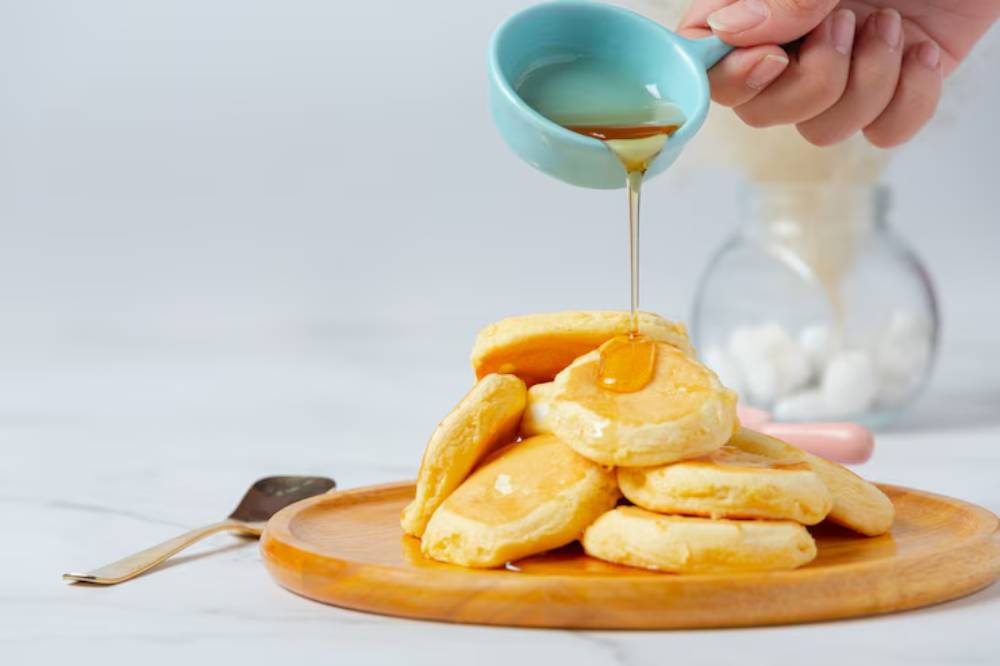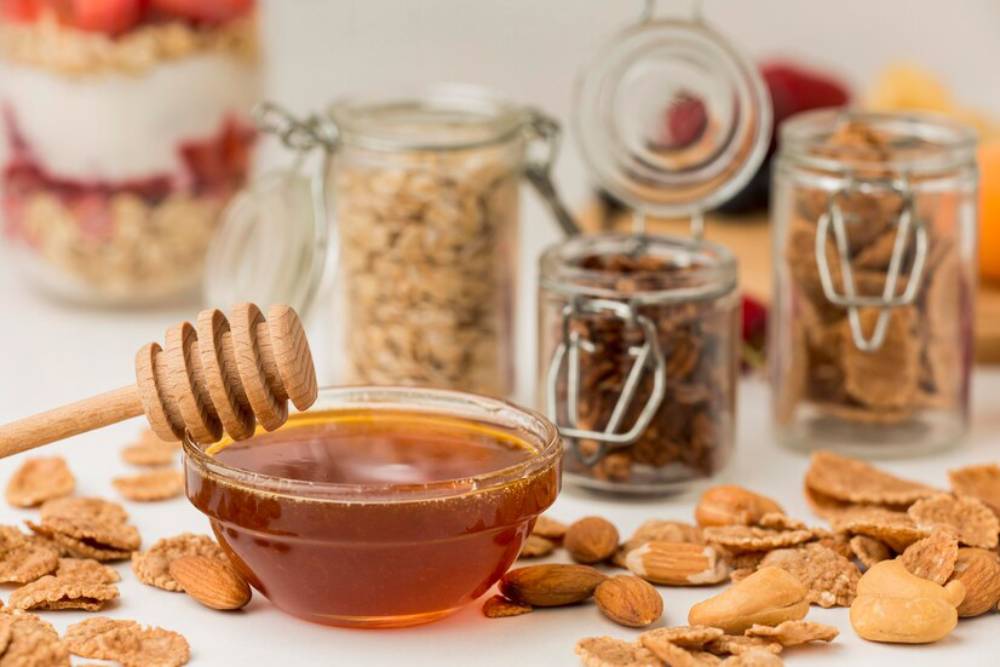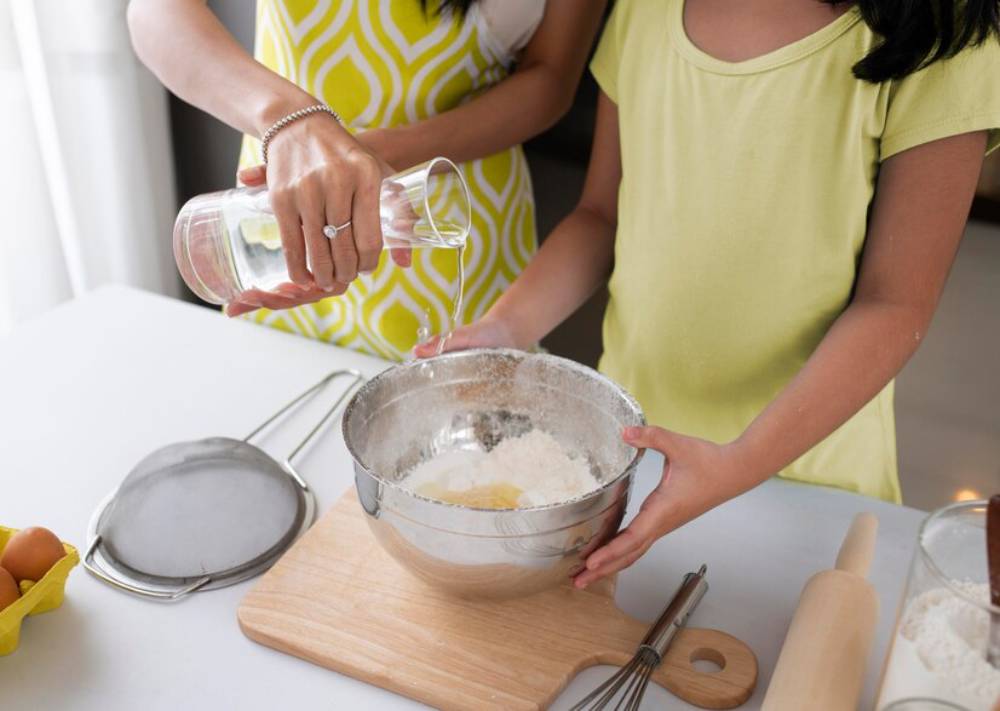
Smart Substitutes for Sugar in Everyday Cooking
Sugar has a way of sneaking into everything—from sauces and cereals to salad dressings and even savoury dishes. While a bit of sweetness can certainly enhance a meal, too much sugar can contribute to energy crashes, weight gain, and long-term health issues. Thankfully, there are better options.
Whether you’re looking to reduce added sugars for health reasons or simply exploring a low-sugar diet, learning how to use sugar alternatives in your everyday cooking can make a big difference and the best part is that you won’t have to compromise on taste.
In this post, we’ll explore practical sugar substitutes, how to use them in common dishes, and tips for creating sugar-free recipes that still satisfy your cravings.
Why Reduce Sugar?
A high intake of added sugar is linked to several health concerns, including:
- Blood sugar spikes and crashes
- Weight gain and increased appetite
- Inflammation and insulin resistance
- Greater risk of type 2 diabetes and heart disease
Even if you don’t have a diagnosed health issue, cutting back on added sugar can improve energy levels, skin clarity, mood, and digestion.
Understanding Sugar Alternatives
Sugar alternatives fall into a few broad categories:
1. Natural Sweeteners

Derived from plant sources and minimally processed.
Examples:
- Honey
- Maple syrup
- Coconut sugar
- Date paste
2. Low-Calorie Natural Sweeteners
Sweet with minimal calories and little impact on blood sugar.
Examples:
- Stevia
- Monk fruit (luo han guo)
- Erythritol (a sugar alcohol)
3. Fruit-Based Sweeteners
Whole fruits or purees are used to add natural sweetness and fibre.
Examples:
- Mashed bananas
- Unsweetened applesauce
- Medjool dates
Each option has its own flavour profile, sweetness level, and best-use scenarios.
Best Sugar Alternatives for Cooking

1. Applesauce
Naturally sweet and moist, unsweetened applesauce is a great swap in baking.
Best used for: Muffins, cakes, pancakes Ratio: Replace up to ½ the sugar with applesauce. Reduce liquid slightly.
Bonus: Adds fibre and vitamin C.
2. Date Paste or Medjool Dates
Dates are high in natural sugars and fibre, making them a perfect sweetener for whole-food recipes.
Best used for: Smoothies, raw desserts, baked goods How to make: Blend pitted dates with a bit of water into a thick paste.
Bonus: Rich in potassium, magnesium, and antioxidants.
3. Honey or Maple Syrup
Natural sweeteners that work well in sauces, dressings, and baked goods.
Best used for: Granola, salad dressings, tea, and muffins Ratio: Use ¾ cup for every 1 cup of sugar. Reduce other liquids by 2–4 tablespoons.
Note: Not suitable for strict vegan diets or infants under one year (honey).
4. Stevia
A no-calorie plant-based sweetener that’s very sweet in small amounts.
Best used for: Beverages, yoghurt, oatmeal Ratio: Follow product label; usually 1 teaspoon stevia = 1 cup sugar
Tip: Can have a slightly bitter aftertaste—start small and combine with another sweetener if needed.
5. Monk Fruit Sweetener
Sweet but calorie-free and doesn’t affect blood sugar.
Best used for: Tea, coffee, baked goods Ratio: Usually a 1:1 replacement if blended with erythritol (check packaging)
Bonus: Heat-stable and often well tolerated.
6. Coconut Sugar
Lower glycaemic index than white sugar and adds a caramel-like flavour.
Best used for: Cookies, energy balls, sauces Ratio: 1:1 with sugar
Note: Still has calories, so moderation is key.
Easy Sugar-Free Recipe Swaps
Transform your favourite meals and treats with these everyday adjustments:
Breakfast
Instead of: Flavoured yoghurt, Try: Plain Greek yoghurt with fresh berries and a drizzle of honey or stevia
Instead of: Sugary cereal, Try: Homemade granola sweetened with mashed banana or date syrup
Lunch
Instead of: Bottled salad dressing, Try: Olive oil, vinegar, lemon juice, and a pinch of mustard
Instead of: BBQ sauce, Try: A homemade version using tomato paste, vinegar, and maple syrup
Snacks
Instead of: Protein bars, Try: No-bake bites made with oats, nut butter, and chopped dates
Instead of: Fruit juice, Try: Infused water with cucumber, mint, or lemon
Dessert
Instead of: Ice cream, Try: Frozen banana “nice cream” blended with cocoa or peanut butter
Instead of: Baked goods with refined sugar, Try: Banana bread sweetened with applesauce and cinnamon
Tips for Success on a Low-Sugar Diet
Shifting your palate takes time—but it’s absolutely doable.
1. Read Labels Carefully
Even “healthy” products can contain hidden sugars (under names like dextrose, maltose, or corn syrup).
2. Go Gradual
Start by reducing added sugar a little at a time. Your taste buds will adjust.
3. Embrace Spices
Cinnamon, nutmeg, and vanilla can add natural sweetness and depth to dishes.
4. Prioritise Whole Foods
Fruits, vegetables, whole grains, and proteins help stabilise energy and reduce sugar cravings.
5. Hydrate Often
Sometimes thirst can feel like a craving—drink water throughout the day to stay balanced.
Creating Your Own Sugar-Free Recipes

Once you’re familiar with a few sugar alternatives, you can start adapting your go-to meals and baked goods.
A basic formula for sugar-free baking:
- Sweetener: Choose one based on taste and recipe needs
- Moisture: Add mashed fruits or yoghurt to balance dry textures
- Flavour: Use cocoa powder, nut extracts, or citrus zest for added richness
- Binding: Add flaxseed, chia, or egg if removing sugary syrup or honey
Practice makes perfect—don’t be afraid to tweak and test!
Final Thoughts: Sweetness with Smarts
You don’t need to abandon the pleasure of sweetness to follow a low-sugar diet. As long as you have the right ingredients and a bit of imagination, you can still indulge in healthy, wholesome meals that don’t compromise on taste.
Whether it be baking from scratch or preparing a weeknight dinner, implementing sugar alternatives is one of the smartest ways to add flavour, work in energy and reduce your dependency on processed foods.
These simple swaps pave the way for everyday sugar-free recipes that are just as satisfying—without the sugar crash.


